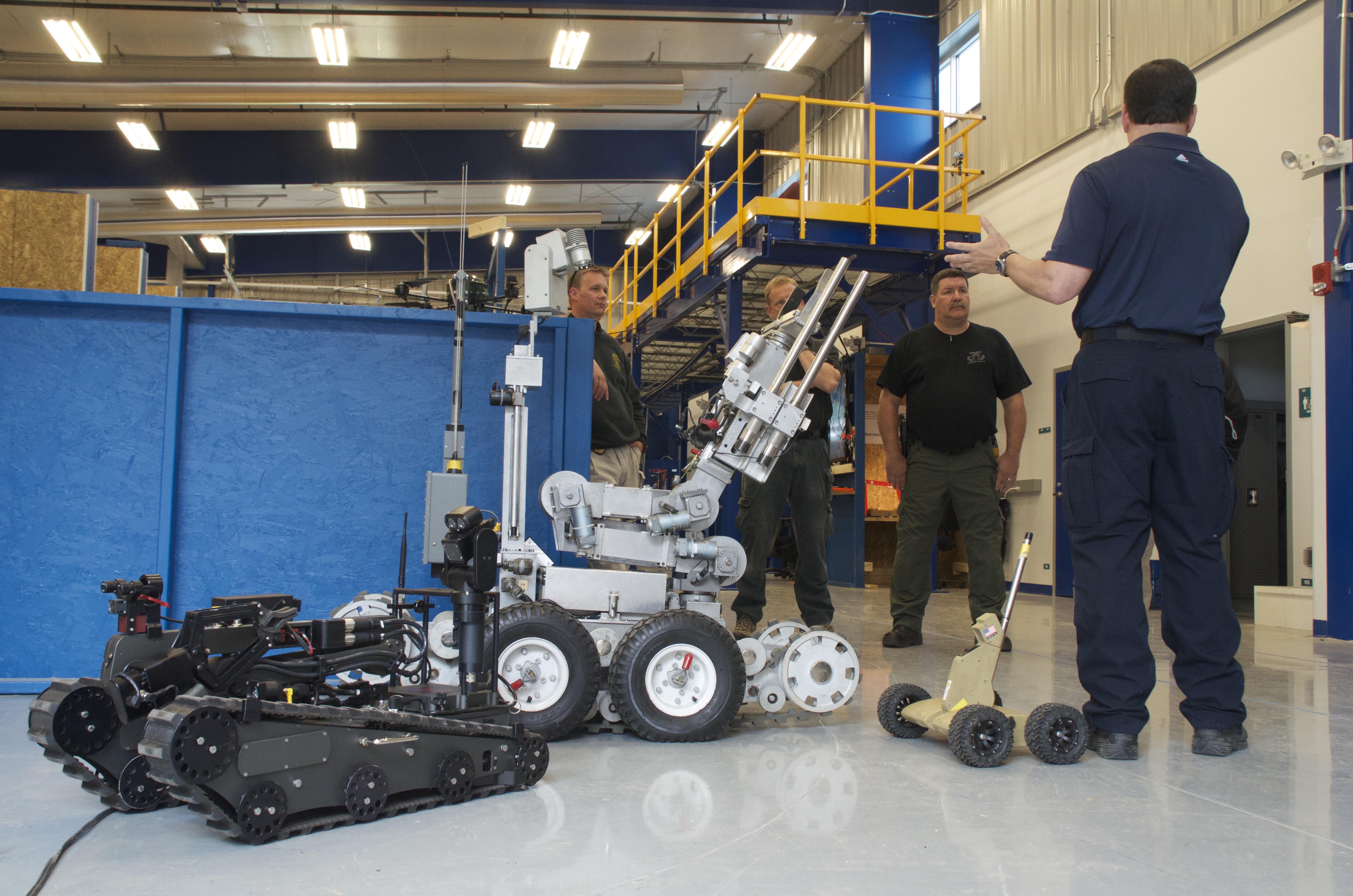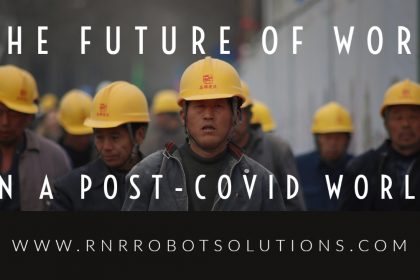 Each Industrial Revolution asks questions of the existing order of things, and the fourth Industrial Revolution, the use of robotics, is challenging the whole nature of work: will robots replace humans in the workplace? Here we look at the impact robots are having on the workforce and what it means for the future.
Each Industrial Revolution asks questions of the existing order of things, and the fourth Industrial Revolution, the use of robotics, is challenging the whole nature of work: will robots replace humans in the workplace? Here we look at the impact robots are having on the workforce and what it means for the future.
In the sectors where automation is becoming more widespread, there is a clear trend towards creating more jobs for humans. In the retail world, both Amazon and Walmart have introduced robots to their stores and warehousing functions, with three main areas of impact on the human workforce:
- Robots tend to assist humans, not replace them
- Humans are able to focus more time and energy on the tasks robots cannot tackle
- Humans are able to spend more time on customer-focused work.
Increasingly, humans will find themselves working side by side with robots. The workforce will reshape, with a new set of relationships developing between employees, automated processes and customers. We are also seeing the development of entirely new job categories to support the growth in robotics. Think back just 35 years to the start of the third Industrial Revolution, the growth of the internet – how many software and website design staff were there in 1984?
Liz Reid, MD at RNR Robot Solutions, says “the introduction of robotics is very much an opportunity for businesses and their employees, rather than a threat. In the businesses that we have helped introduce automation, we have seen a dramatic upskilling of the human workforce, leading to improved productivity. It’s definitely a win win scenario!”
Initial resistance to the introduction of robots is often overturned when staff acknowledge the benefits of working alongside one. Liz cites the experience of a company where a robot was introduced for a fixed term project: “when we went to take the robot away, staff who initially were concerned about the impact on their jobs were insistent that it should remain. We were told ‘don’t you dare take that robot away’!”
In many ways, the UK is playing catch up in relation to international competitors. Whilst the US has 93 robot units per 10,000 workers, and Japan has 213, the UK lags behind with just 33. There are clearly opportunities for the UK business sector to utilise automation and improve productivity. To discover how the introduction of robotics can increase your business’ productivity, contact Liz here.









